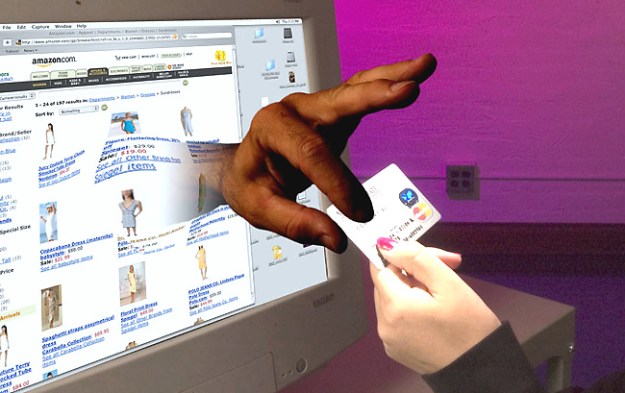
According to new information from researchers at Symantec, a group of spammers have created a group of 87 spam-friendly, public URL shortening services and are actively using them to circumvent spam filters on popular sites. Using URL shortening scripts that are free and open source, the spammers are churning spam through the service and the public is also free to create links through the URL shorteners, perhaps an attempt to pass off the links as legitimate. All the URL shorteners are using the .info domain and are being operated through contacts in Moscow as well as a hosting company in the United Kingdom.

Also included in the report from Symantec, approximately 74 percent of email sent in October 2011 was spam. One out of every 343 emails were identified as phishing attempts and one out of every 235 emails contained some form of malware. Over 3,000 sites were blocked each day by Symantec, but that’s approximately a four percent decrease compared to September 2011. The United States contained the largest number of spammers in the world at about 34 percent of all spammers. Pharmaceutical spam was at the top of the list for the most common type of spam with casino and gambling emails in second and jewelry spam in third.


